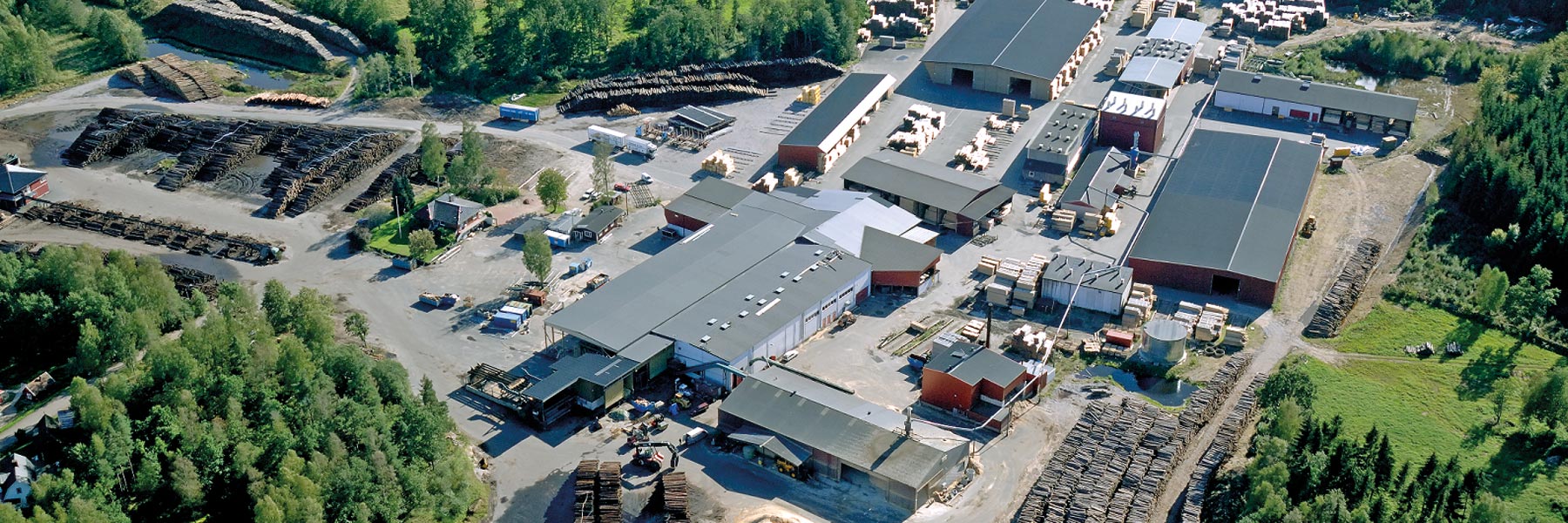Vida HN AB
Vida’s sawmill in Hästveda saws and planes spruce timber for use as structural timber. The main market for the timber is Holland.
The main production output is structural timber for the building material supplies trade. Our products include different types of beams, outdoor panels, batten, tongued and grooved board and packaging.
Number of employees: 60 employees
Production of timber per year: 180,000m3 of sawn timber
Planed per year: 165,000m3 planed timber
Markets:
• 60% Holland
• 10% Sweden
• 10% UK
• 10% Denmark
• 10% Other export
Contact us
Vida HN AB
Jägersborgsvägen 282 74 Hästveda +46 (0)451-306 90


